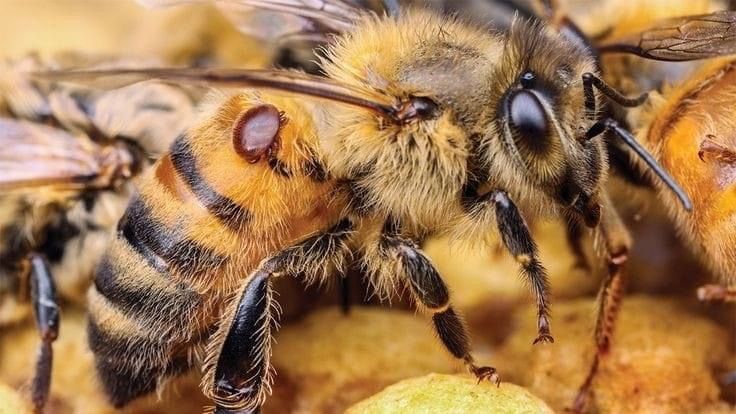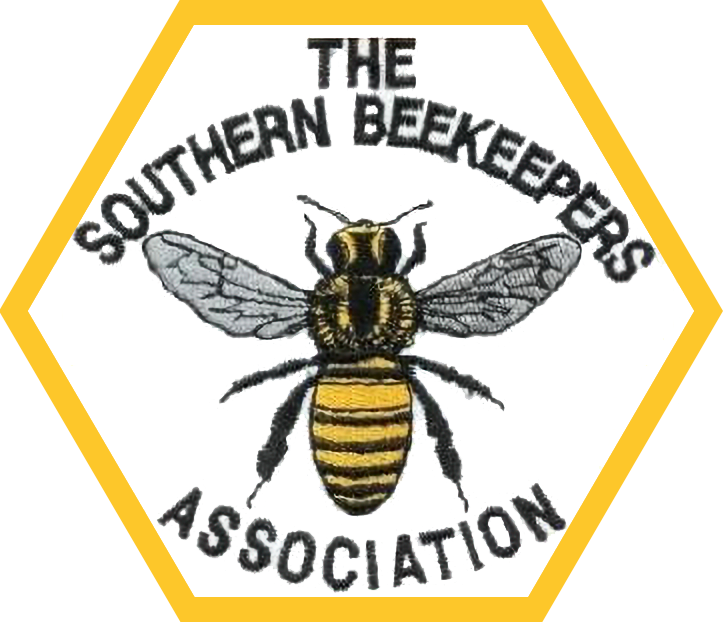
Varroa Management in the Toowoomba region
Varroa has come to Queensland, with several of our club members having detected mites in their hives.
In this initial phase, large numbers of feral colonies and neglected registered and unregistered hives are a major source of mite invasion into actively managed hives. This invasion results in rapid increases in mite numbers in managed hives, making monitoring mite levels across all apiaries monthly, or at a minimum of four times a year, critical.
Without timely and appropriate Varroa control, infested hives will steadily weaken and eventually die.
TREATMENT
VARROA MITE TREATMENT RESISTANCE MANAGEMENT STRATEGY
Australia is in a unique position to deal with the incursion of varroa mites - we can learn from the experience of beekeepers around the world to implement effective strategies to counteract varroa. Vigilance in monitoring and treating can slow the spread of mites around the country, while responsible treatment can reduce the likelihood that varroa in Australia will develop resistance to miticides.
The purpose of this Varroa Mite Resistance Management Strategy (VMRMS) is to suggest a range of practical and effective options for control or management of varroa mites in each of the hive stages throughout the year. A primary objective is to allow use of various options while minimizing the risk of varroa mite resistance development to miticides, which would render otherwise effective products to become ineffective.
Overseas experience, particularly in the United States, has shown that repeated use of insecticides with the same mode of action will lead to this outcome. The strategy therefore recommends that insecticides with the same mode of action not be used consecutively and they be limited to 1 or 2 applications/year. This is particularly important for Group 3A (eg Bayvarol TM) and Group 19 (eg. Apivar®). This strategy is recommended to be used as an Area Wide Management system, because what close neighbours use in their hives will have a major impact on the long term effectiveness of what you use in your hives.
ACTIONS FOR BEEKEEPERS
Study and follow the Resistance Management Strategy for the Toowoomba Region (VMRMS).
Recommended treatments change each season. Select the "Current Season Treatments" button to find the treatment strategy for the current season: June - August.
RESOURCES
These resources should help beekeepers to understand how to manage varroa mites detected in your hive(s), whilst avoiding actions that cause resistance to treatments.
Chemical Treatments
Chemicals used to manage Varroa can be synthetic or non-synthetic.
The ability of some mites to survive chemical exposure, and passing this ability to survive specific chemicals to their offspring - leading to resistance.
How to Monitor for Varroa Mites
Alcohol wash is one best practice method for mite presence, mite load and threshold determination.
How to apply treatments to a hive
Watch a video to understand how to actually treat your hive, without harming yourself or killing your bees.
Integrated Pest Management
The best way to manage Varroa is to use a range of strategies in rotation. This is known as INTERATED PEST MANAGEMENT (IPM).
